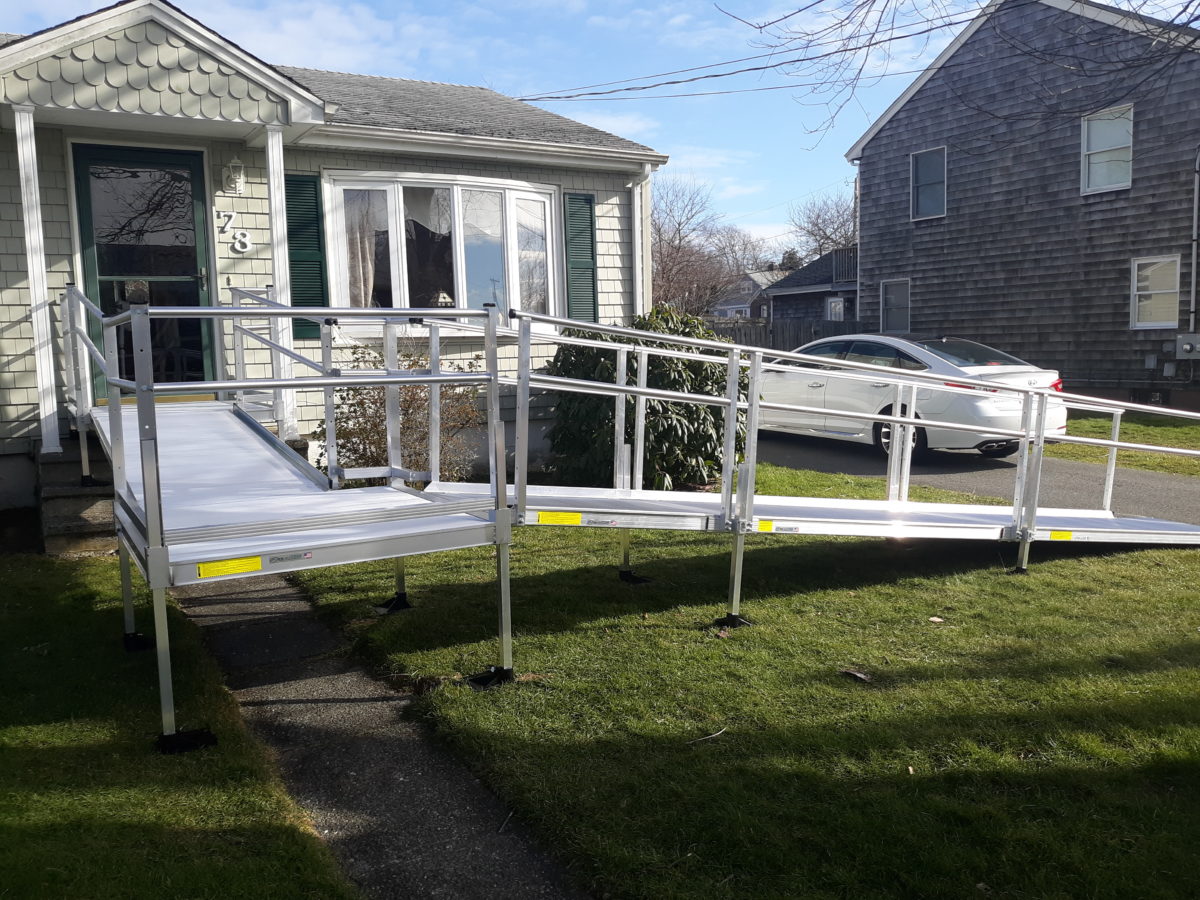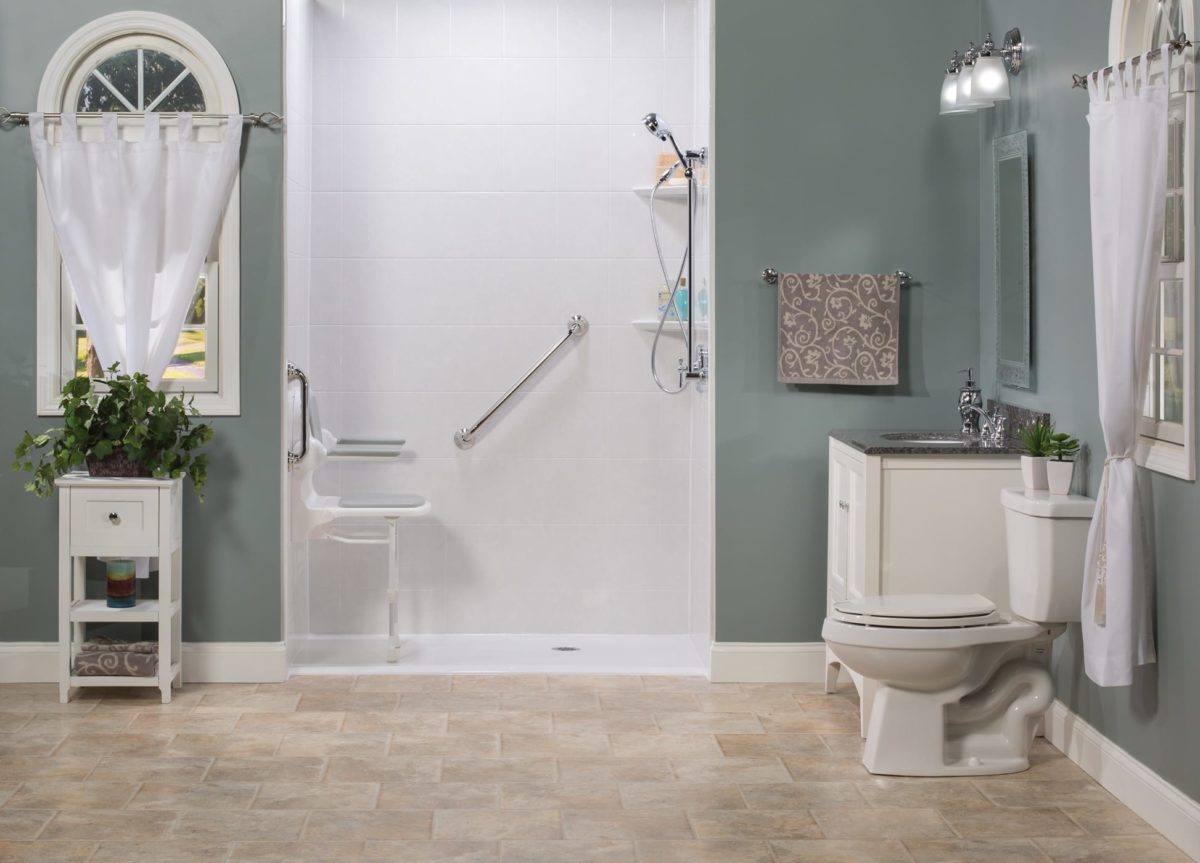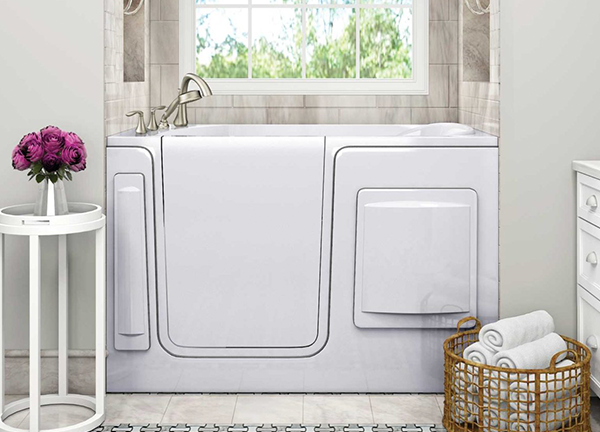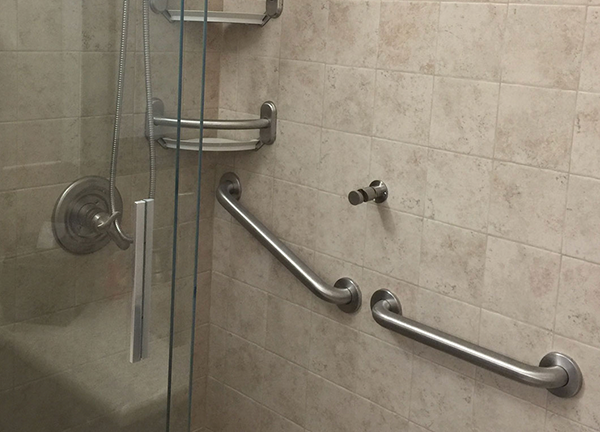As we age or face disabilities, our mobility can be limited and hazards can lurk in our home bathrooms, leading to falls which could cause serious physical injuries. Installing grab bars is a simple but significant way of enhancing safety, independence, and comfort levels in the bathroom. However, it is crucial to choose the right grab bars to suit your specific needs, so they can offer a sturdy and secure grip, even with wet or slippery hands.
Types of Grab Bars
There are various types of grab bars, such as straight bars, angled bars, curved bars, and fold-down bars. Straight bars are the most common and can be installed horizontally or vertically. Angled bars are often used near corners or transitions from vertical to horizontal surfaces, while curved bars are ideal for people with arthritis or wrist mobility issues as they offer a more natural grip. Fold-down bars can be easily folded up when not in use, saving space.
When selecting the type of grab bars, consider your specific needs and preferences, as well as the space and layout of your bathroom. You may also want to look for grab bars with textured surfaces or ergonomic designs that provide a comfortable grip.
Materials of Grab Bars
The primary materials used for grab bars are stainless steel, brass, and plastic. Stainless steel is the most durable and shiny, but also the most expensive. Brass is durable and less expensive than stainless steel, but it requires more maintenance to keep its shine. Plastic grab bars are the most affordable but may not be as sturdy as metal grab bars.
When deciding on the material of your grab bars, consider your budget, aesthetic preferences, and durability requirements. You can also look for grab bars that match your existing bathroom fixtures and décor.
Installation Positions of Grab Bars
The installation positions of grab bars are crucial for ensuring their effectiveness and safety. Generally, you should have grab bars near the toilet, the shower, and the bathtub. Horizontal grab bars should be at least 33-36 inches above the floor, while vertical grab bars should be between 36-42 inches high. You should also consider the weight capacity and the secure installation of the grab bars, which may require professional assistance.
When determining the installation positions of your grab bars, consult with an accessibility specialist or a licensed contractor who can evaluate your bathroom layout and your specific needs and recommend the most suitable locations and installation techniques.
Maintenance and Cleaning of Grab Bars
To ensure the longevity and functionality of your grab bars, you should clean them regularly, especially in areas that are exposed to moisture and soap scum. You should avoid using abrasive tools or harsh chemicals that may damage the finish or the surface of your grab bars. Instead, you can use mild soap, warm water, and a soft cloth or sponge to wipe them down and remove any debris or dirt.
You should also check the screws, brackets, and anchors of your grab bars periodically to ensure their tightness and stability. If you detect any looseness or cracks, you should replace the grab bars immediately.
Grab Bar Guide
Grab bars are essential items for enhancing bathroom safety and accessibility, and choosing the right ones requires careful consideration of the types, materials, installation positions, and maintenance procedures. By investing in high-quality grab bars and installing them correctly, you can gain more confidence and independence in using your bathroom, and reduce the risks of falls and injuries. So, take the time to evaluate your needs and preferences, consult with professionals if necessary, and enjoy the peace of mind that comes with having secure and stylish grab bars in your accessible bathroom.
Mobility Pros of Rhode Island is the leading provider of grab bars and other accessibility products in Rhode Island. With years of experience, we can assist you in selecting and installing the right grab bars for your home or commercial property. Contact us today to learn more about our services!








